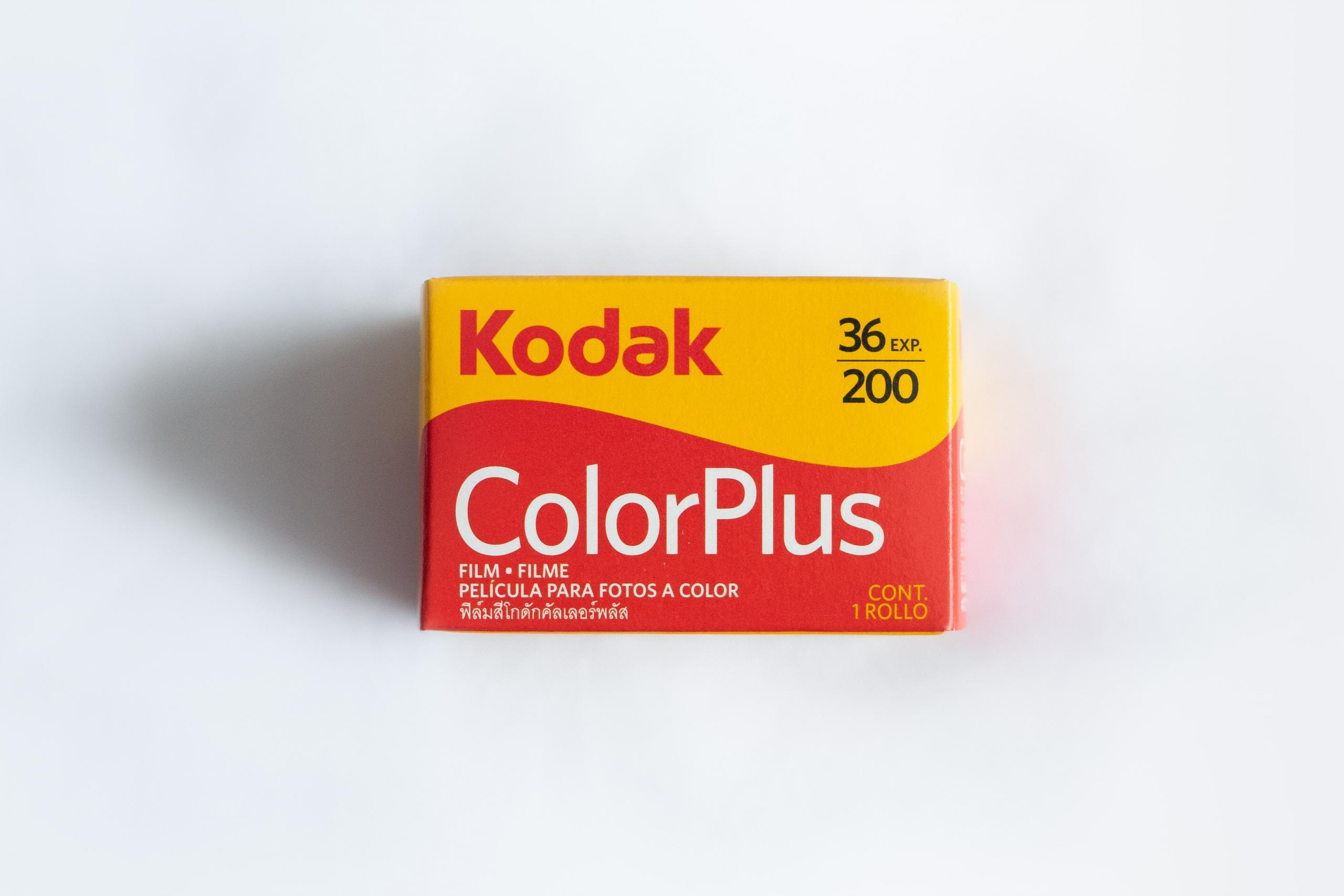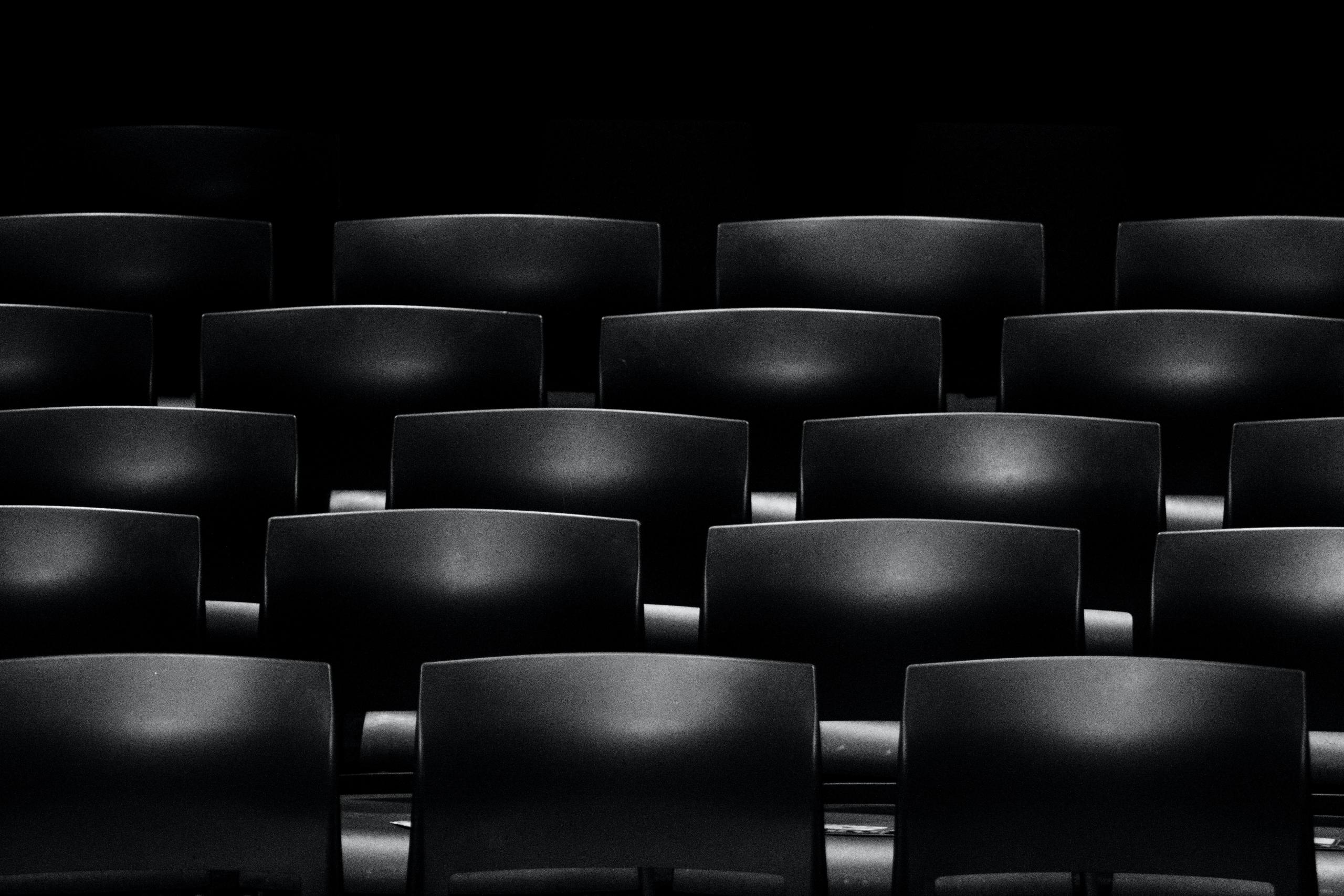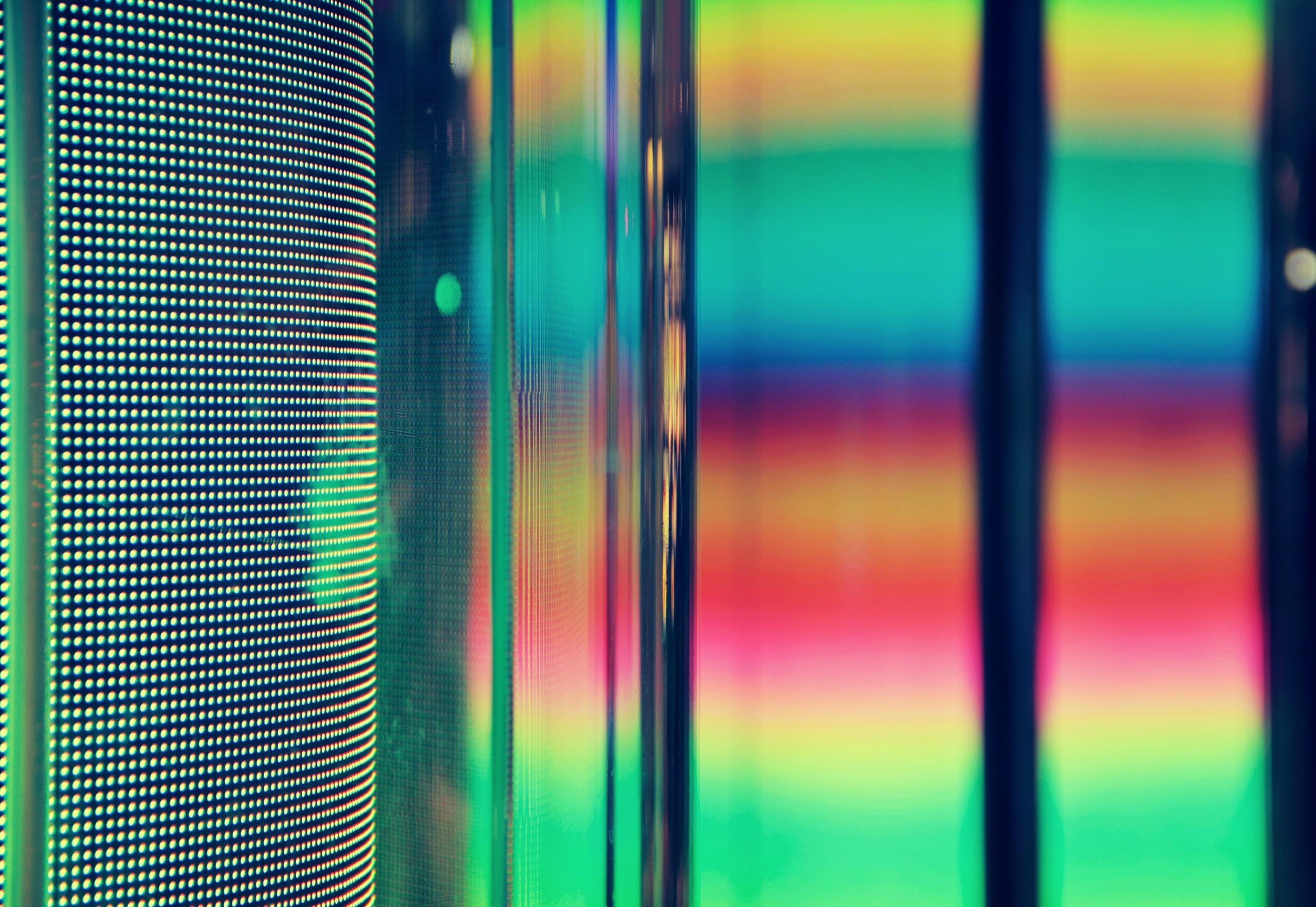
The beginning of cinema: the invention of the film
Cinematography started with the Kinetoscope in 1891, the machine and forerunner of the motion-picture film projector invented by Thomas A. Edison and William Dickson. The kinetoscope created the illusion of movement by the recording and subsequent rapid projection of many still photographic pictures on a screen. In 1891 the prototype of the kinetoscope allowed one person to view moving pictures. After its first public demonstration in 1893, the kinetoscope was a commercial success around the world.
The Lumière Brothers saw an opportunity and were the first ones to present projected moving pictures to a paying audience in 1895 in Paris. They used a device called the cinématographe which was a camera, a projector, and a film printer all in one.
Here is where you can find out about the best acting classes in Glasgow.
Colour systems and techniques
Additive Colour or Mimetic Processes
The first color system that appeared in cinematography was the additive color system between 1899 and 1902 by Edward Turner. This system, later commercialized as Kinemacolor used color filters on both the movie camera and the projector. Additive color works, adding lights of the primary colous in various proportions to the projected image. The rotating filters were a set of red, green, and blue to photograph three color components in successive frames of panchromatic black-and-white films. This finished film was then projected through similar filters to reconstitute color.
The difficulty here was to align the photographs with the projected images. It is only until 2012, that curators of the National Media Museum used digital image processing to align and combine each group of three frames into one colour image.
Subtractive colour
It is until the 1930s that the first subtractive colour process was introduced by Kodak as 'Kodachrome'. This also used black-and-white film to photograph multiple colour-filtered source images, but the multicoloured print did not require more or special projection equipment.
- Printing or Technicolor
This technique printed in one to three layers of colours onto the emulsion of a film, it was also known as the Technicolor dye-transfer process. This principle had been introduced in photography and prints before the advent of motion pictures. For a long period of time, Technicolor owned the colour film market and kept tight control on its technology. - Bi-pack
This system used two strips of film running through the camera, one recording in red and the other in blue-green light. Once the black-and-white negatives were printed, the colour images were then toned in red and blue, thus creating a subtractive colour print. - Chromogenic 'monopack'
This technique was discovered in 1911 by Rudolf Fischer, where the colour forming substances were either present in several layers of the film or added later during the developing phase. Unfortunately, the dyes used by this technique were deemed unstable and faded quickly.
Other colouring techniques
- Tinting
This colour technique was one of the earliest and most widespread techniques to apply colour to film, and consisted in submerging each individual black-and-white film positive in dye baths. - Toning
This technique was also one of the first ones, it required a complex chemical procedure to replace silver with coloured compounds or dyes for each individual exhibition print. - Hand colouring
Even before the introduction of the film, hand colouring was applied to lantern slides. Colours were laid by hand with tiny brushed to each individual frame of the film. This technique was very slow and expensive and was not convenient for films that were more than one minute long. - Stencil colouring
Stencil colouring required the manual cutting, frame by frame, of the area which was to be tinted onto another identical print, one for each colour. Usually, the number of colors applied ranged from 3 to 6.
Do you know you can take some of the most effective acting classes in Edinburgh here?

Colour in cinema: the challenges
The transition to colour in cinema took over three decades, not only because black-and-white cinematography dominated, but also because studios were reluctant to use colour for different reasons. First, because of its deficient quality and limited practicality, then its very high costs, low demand and finally its stylistic devaluation by artists.
Three main aspects of colour in film affected its introduction into cinema: technological, economic and aesthetic difficulties and issues.
For learning more about Stanislavskis system search here on Superprof:
Technological challenges
Technological problems related to colour in the film industry were present from the 1930s until up to the 1960s. Most studios were not ready to make the transition and change to colour, a technique that was deemed expensive, difficult and made the film unsteady for sound. Even after the birth of Technicolor in 1915 the creation of Herbert Kalmus, a decisive moment in the history of colour in film, a two-colour subtractive process, where two negatives capturing red and green lights were placed back to back.
The introduction of colour was not immediate like sound at the time. The process was expensive and time-consuming for the industry and even limited how filming and shooting were made. For instance, outdoor shooting was impossible because of the heaviness of the cameras plus the constant need for permanent light. Another limiting feature of using colour was the use of deep focus, this was out of reach in colour. Directors did not have all the technological skills and camera tricks to always shoot and display a truthful colour-film, or even assemble complex camera work using Technicolor.
This discouraged directors from fully adopting colour since the beginning. Even though Technicolor was used for famous movies like The Wizard of Oz or The Golden Age of Cinema a lot of energy and technicality was needed to realize them.
Technicolor had a greater success between the 1930s and 1940s with Disney films such as Flowers and Trees or Gone With The Wind, with which they won an Academy Award.
An ameliorated colour process was created by Kodak Eastman, called the 'monopack' in 1952. Its high quality convinced most Hollywood studios at the time, and the last Technicolor camera was used in 1954. Colour finally became more prominent and easy to operate.
During this time, the cinema industry also needed to innovate to stay appealing and keep on producing and keeping the high levels of audiences. However, the process remained expensive and not all filmmakers were ready to spend those amounts of money to produce with a still-experimental technology.
You can check out some of the best acting classes here.
Economic issues
As we can see, throughout the history of colour, each process was tedious and expensive. This slowed the full expansion of colour in the film industry. The costs of colour production was deemed unworthy to most filmmakers, also because audiences were not demanding colour and seemed to like black-and-white movies.
Another factor was sound, most studios, and theatres had invested in the sound equipment for the sound transition prior to colour and were not prepared to retool their facilities this fast.
Economic reasons influenced the difficult adaptation to colour film, but the slow demand was nurtured by aesthetical mistrust, and people could not see the potential of screen colour adding something to the actor's performance.

Aesthetic difficulties
These difficulties and mistrust of colour resulted from the ideological, psychological impediments shared by artists, critics, and audiences.
This is because colour was associated with the feminine, which was thought of as superficial, vulgar and even 'primitive'. Thus, it was excluded from the matters of thinking and was qualified as an extreme prejudice in Western civilization. This objection to colour was a rooted phenomenon and impacted the transition to colour cinematography.
However, colour has granted cinema a new sense of naturalism and realism, which at some point, when artists realised its creative potential, discredited black-and-white cinema. Colour brought artistic tools to directors that empowered their art and imagination, such as influencing the audience's emotions and fantasies through colour.
Nowadays, several directors have a specific way of using colour to enhance their drama and even implicate it in their narrative. A great example is the use of red in Almodovar's films, which often represents a symbol of passion, love, or even death.
If you are curious about the impact of technology on the aesthetic and creation of art through colour film, Barbara Flueckiger is worth reading. She is a professor of film studies at the University of Zurich since 2007, her research focuses on the interaction between technology and aesthetics.
Colour had a difficult historical timeline because of different reasons, but it was able to thrive in the seventh art after various decades. Because creating colour in film and a variety of color palette was such as difficult task, there are many places to see the evolution of colour film and appreciate the process of historical colour films.
Among places to visit:
- George Eastman Museum: where you would appreciate the explanation of the invention of the Kodak film in photography, as well as colour film.
- The BFI National Archive: also known as the department of the British Film Institute, is one of the largest film archives and collection in the world!
- National Science and Media Museum: located in Bradford, UK, where you would be able to see and appreciate the digital image processing of the Kinemacolor system.
The history of colour had, since early, a more challenging path than sound, but every technological creation or artistic expression in each movie that came out in colour was worth the effort and wait.
















It was very useful. My question is who is the author of this important article?
Hi Omer! Thanks for your valuable feedback. The article “The History of Colour in Film” on the Superprof blog was written by Cloé, one of our writers on the Superprof blog.
Thank you again, sir
However, I need a reference for this purpose, I need to know the date of publication of the article, the full name of the author and the website in order to maintain ownership in my master’s degree
with respect
Thank you so much for your thoughtful message! 😊
I’m really glad you’re finding the article useful for your master’s research.
The article “The History of Colour in Film” was published on the Superprof UK website around March 2022. While a specific author last name isn’t listed, you can cite Superprof as the author in your reference.
If you’re using APA style, here’s a suggested format:
Superprof. (2022, March). The history of colour in film. Retrieved July 24, 2025, from https://www.superprof.co.uk/blog/the-history-of-colour-in-film/
Wishing you all the best with your thesis—feel free to reach out if you need more help! 🎓📚